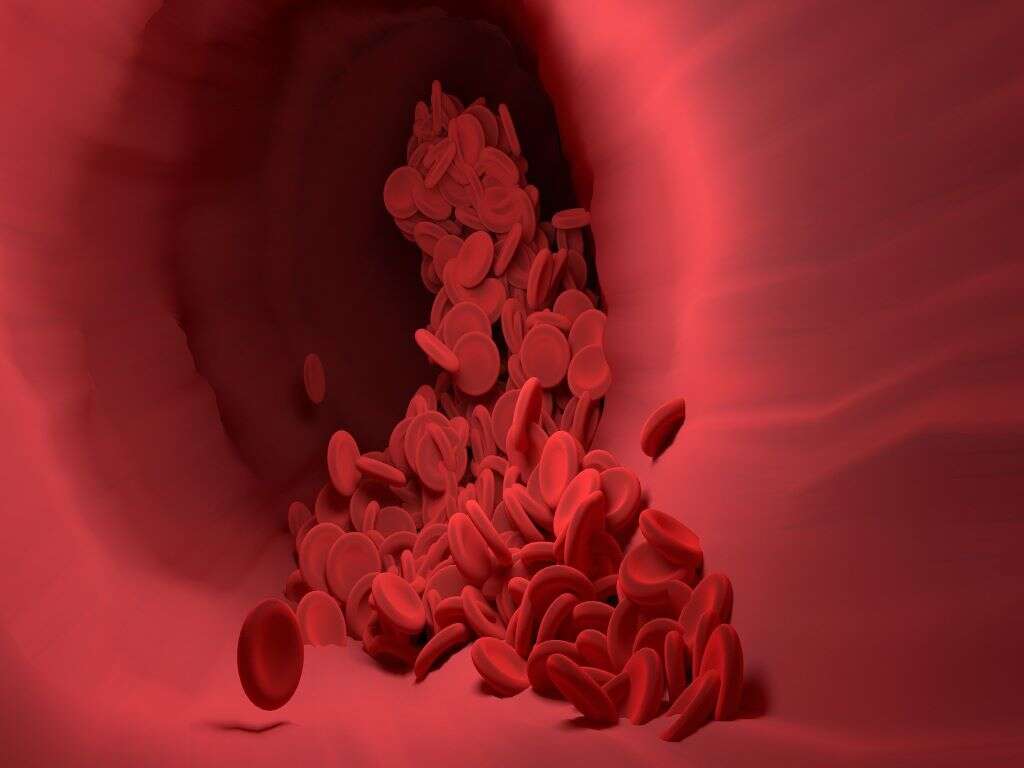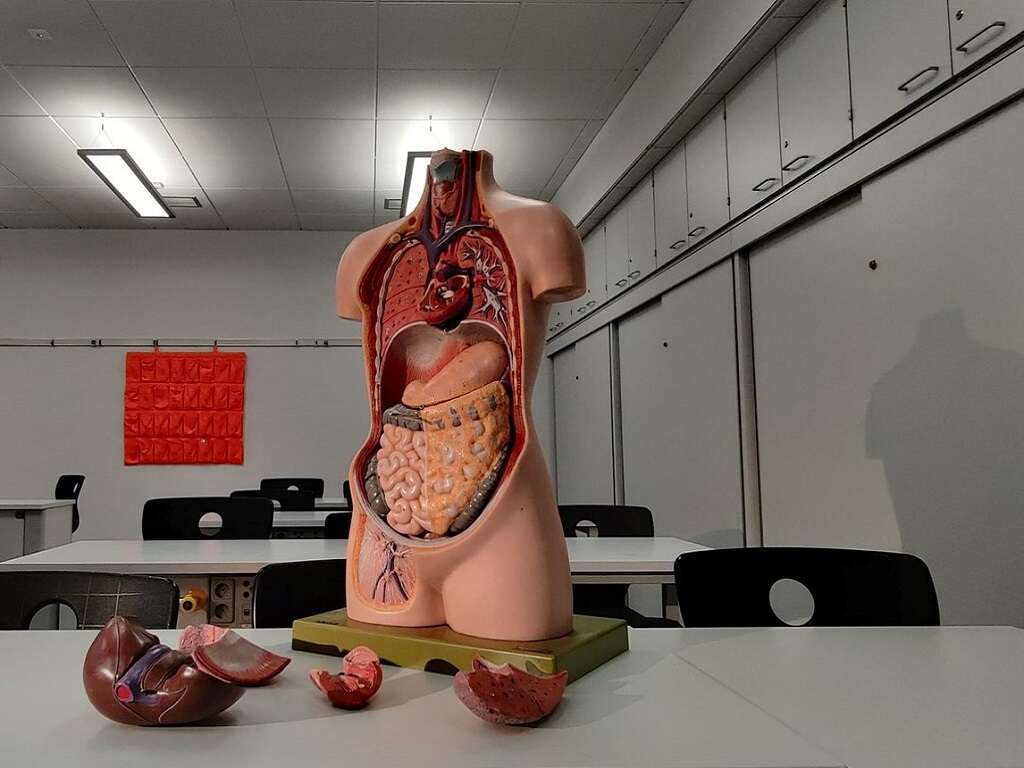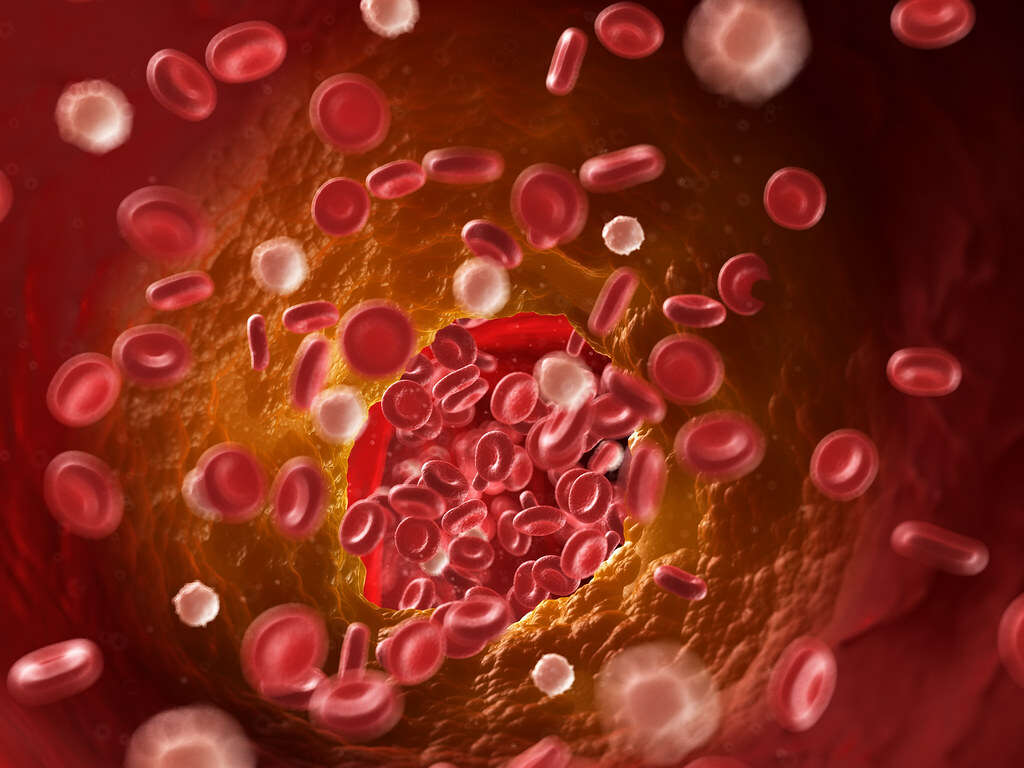10 Necrotizing Fasciitis Symptoms
 Article Sources
Article Sources
- 1. 'Necrotising Fasciitis.' Nhs.uk, 19 Oct. 2017, www.nhs.uk/conditions/necrotising-fasciitis/
- 2. 'Necrotizing Fasciitis.' Centers for Disease Control and Prevention, 31 Dec. 2019, www.cdc.gov/groupastrep/diseases-public/necrotizing-fasciitis.html
- 3. 'Necrotizing Soft Tissue Infection: MedlinePlus Medical Encyclopedia.' MedlinePlus - Health Information from the National Library of Medicine, medlineplus.gov/ency/article/001443.htm
- 4. North Dakota Department of Health | Department of Health, www.ndhealth.gov/Disease/Documents/faqs/Necrotizing/Fasciitis.pdf
- 5. 'Type II Necrotizing Fasciitis.' Centers for Disease Control and Prevention, 8 May 2020, www.cdc.gov/groupastrep/diseases-hcp/necrotizing-fasciitis.html
Necrotizing fasciitis is a rare and serious bacterial infection. It releases a toxin that damages nearby areas and can spread rapidly, causing lifelong health complications.1‘Necrotising Fasciitis.’ Nhs.uk, 19 Oct. 2017, www.nhs.uk/conditions/necrotising-fasciitis/ Often the bacteria enter through a wound, and symptoms may initially seem minor. Necrotizing fasciitis is associated with group A streptococcus (GAS) bacteria, which also causes strep throat. But, several types of bacteria, such as staphylococcus and others, have also been linked to the disease.2‘Necrotizing Fasciitis.’ Centers for Disease Control and Prevention, 31 Dec. 2019, www.cdc.gov/groupastrep/diseases-public/necrotizing-fasciitis.html
Untreated necrotizing fasciitis is often fatal. Every year, between 600 and 700 cases are diagnosed in the U.S. About 25 to 30 percent of those cases result in death.4North Dakota Department of Health | Department of Health, www.ndhealth.gov/Disease/Documents/faqs/Necrotizing/Fasciitis.pdf
A Small But Painful Scratch
Necrotizing fasciitis isn't generally contagious. Cases are often random and unconnected with each other. Bacteria commonly enter through a scrape, burn, cut or insect bite. People can also develop this infection getting a bruise or undergoing a surgical procedure.4North Dakota Department of Health | Department of Health, www.ndhealth.gov/Disease/Documents/faqs/Necrotizing/Fasciitis.pdf
Even a small injury can become infected, so proper wound care is essential. Frequent handwashing, cleaning wounds with running water and covering them with sterile bandages may help prevent infection. A person with an injury should keep track of its appearance. If the wound isn't healing properly or further symptoms appear, they should see a doctor.1‘Necrotising Fasciitis.’ Nhs.uk, 19 Oct. 2017, www.nhs.uk/conditions/necrotising-fasciitis/
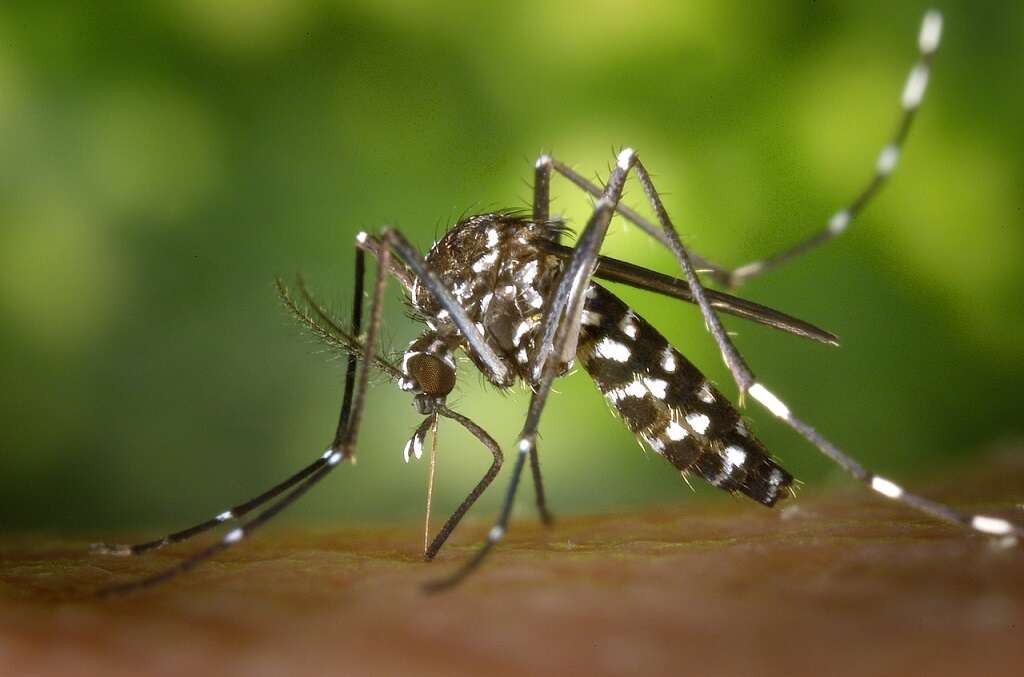
Intense Pain
Early symptoms of an infection with the flesh-eating bacteria usually appear within 24 hours. People with necrotizing fasciitis may experience severe pain. The pain of necrotizing fasciitis can be extreme and spread beyond the area of the injury.2‘Necrotizing Fasciitis.’ Centers for Disease Control and Prevention, 31 Dec. 2019, www.cdc.gov/groupastrep/diseases-public/necrotizing-fasciitis.html
The wound may look less painful than it feels. A person may wonder if they're overreacting or if the pain is imagined. But pain is an important signal, and talking to a doctor about difficult-to-manage pain can help identify an infection before it worsens.4North Dakota Department of Health | Department of Health, www.ndhealth.gov/Disease/Documents/faqs/Necrotizing/Fasciitis.pdf

Flu-Like Symptoms
It's possible to mistake early symptoms of necrotizing fasciitis for the flu. As the body tries to fight the infection, a person may develop muscle aches. They may also have chills, fatigue and fever.
A fever is an early symptom of many infections and illnesses. A high temperature after an injury or surgery doesn't automatically mean a person has necrotizing fasciitis, but a doctor can help identify potential infection before more serious symptoms develop.1‘Necrotising Fasciitis.’ Nhs.uk, 19 Oct. 2017, www.nhs.uk/conditions/necrotising-fasciitis/

Vomiting and Diarrhea
A person with a fever and muscle aches as well as an upset stomach, diarrhea and vomiting may assume they have the stomach flu. If these symptoms develop in the aftermath of an injury, however, the person may have a serious infection.1‘Necrotising Fasciitis.’ Nhs.uk, 19 Oct. 2017, www.nhs.uk/conditions/necrotising-fasciitis/
Even a doctor may not initially diagnose necrotizing fasciitis because it's rare, and early symptoms may appear mild. That's why it's important to watch for all symptoms, even those that don't seem directly connected to the injury.4North Dakota Department of Health | Department of Health, www.ndhealth.gov/Disease/Documents/faqs/Necrotizing/Fasciitis.pdf

Swelling and Redness
A little swelling and redness may be expected at the site of any injury. However, an injury infected with necrotizing fasciitis may become very swollen and painful within hours or days of infection, and the swelling may feel hard to the touch.1‘Necrotising Fasciitis.’ Nhs.uk, 19 Oct. 2017, www.nhs.uk/conditions/necrotising-fasciitis/
The red, swollen area may be warmer than the surrounding skin. Pain is often severe, and the affected area may expand over time.2‘Necrotizing Fasciitis.’ Centers for Disease Control and Prevention, 31 Dec. 2019, www.cdc.gov/groupastrep/diseases-public/necrotizing-fasciitis.html This may look like a small painful bump on the skin that spreads.3‘Necrotizing Soft Tissue Infection: MedlinePlus Medical Encyclopedia.’ MedlinePlus - Health Information from the National Library of Medicine, medlineplus.gov/ency/article/001443.htm

A Spreading Bruise
In some cases, necrotizing fasciitis may look like a painful bruise on the skin. It can take as little as an hour for the bruise-like area to form and start spreading rapidly.3‘Necrotizing Soft Tissue Infection: MedlinePlus Medical Encyclopedia.’ MedlinePlus - Health Information from the National Library of Medicine, medlineplus.gov/ency/article/001443.htm
A handful of different bacteria can cause necrotizing fasciitis, and the speed at which the disease progresses depends on factors that include the type of bacteria and the person's health. Because many cases can become fatal quickly, this symptom is a reason to go directly to the hospital.5‘Type II Necrotizing Fasciitis.’ Centers for Disease Control and Prevention, 8 May 2020, www.cdc.gov/groupastrep/diseases-hcp/necrotizing-fasciitis.html

Changes to the Color of the Skin
The center of the infection may turn darker or duskier than a person's usual skin tone, resembling a burn or bruise. As the infection kills the tissue, the skin and flesh may begin to turn black.3‘Necrotizing Soft Tissue Infection: MedlinePlus Medical Encyclopedia.’ MedlinePlus - Health Information from the National Library of Medicine, medlineplus.gov/ency/article/001443.htm
Darker-than-usual blotches on the skin, black spots and spreading discoloration are symptoms of necrotizing fasciitis. A person experiencing these should seek medical help as quickly as possible. A doctor may prescribe antibiotics and other treatments to combat the infection.2‘Necrotizing Fasciitis.’ Centers for Disease Control and Prevention, 31 Dec. 2019, www.cdc.gov/groupastrep/diseases-public/necrotizing-fasciitis.html

Blisters
Darker splotches on the skin of someone with necrotizing fasciitis can develop into fluid-filled blisters or ulcers.1‘Necrotising Fasciitis.’ Nhs.uk, 19 Oct. 2017, www.nhs.uk/conditions/necrotising-fasciitis/ The skin can split open, releasing pus or oozing fluids from the infected area.
This is a very serious stage of the infection. A person may be frightened and may experience significant pain, but they should remain calm and go directly to a hospital. Prompt treatment in the form of antibiotics, surgeries or blood transfusions may be needed.2‘Necrotizing Fasciitis.’ Centers for Disease Control and Prevention, 31 Dec. 2019, www.cdc.gov/groupastrep/diseases-public/necrotizing-fasciitis.html
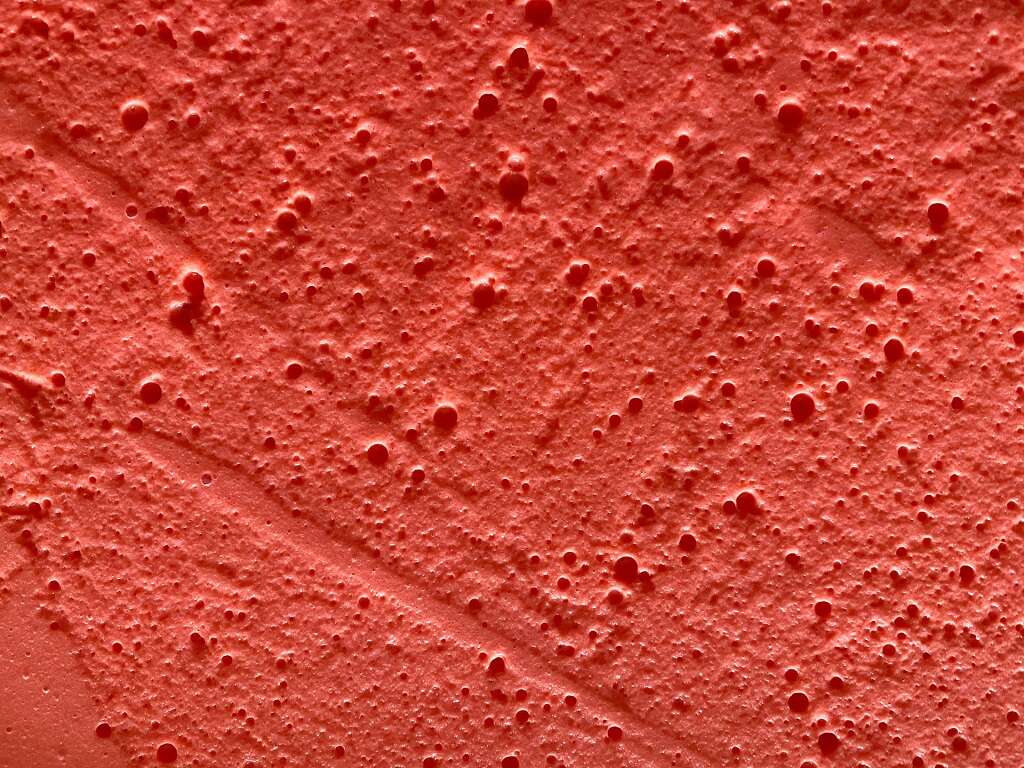
A Sudden Lack of Sensation
In some cases, an infected area abruptly stops hurting or loses all sensation. The absence of pain in that area may feel like a relief, but it's an ominous sign that may indicate the death of that body part or the onset of gangrene.5‘Type II Necrotizing Fasciitis.’ Centers for Disease Control and Prevention, 8 May 2020, www.cdc.gov/groupastrep/diseases-hcp/necrotizing-fasciitis.html
Necrotizing fasciitis is a serious illness. Even with treatment, it's fatal approximately 30 percent of the time. A person who suspects the presence of necrotizing fasciitis should seek medical care as soon as possible.2‘Necrotizing Fasciitis.’ Centers for Disease Control and Prevention, 31 Dec. 2019, www.cdc.gov/groupastrep/diseases-public/necrotizing-fasciitis.html

Dizziness and Confusion
When a person has necrotizing fasciitis, treatment should begin as soon as possible. If left untreated, necrotizing fasciitis may cause widespread infection, organ failure and death. Sudden confusion, dizziness, pallor and sweating may be signs the body is going into shock, and the person may need immediate medical care.1‘Necrotising Fasciitis.’ Nhs.uk, 19 Oct. 2017, www.nhs.uk/conditions/necrotising-fasciitis/
Acting fast helps a person survive necrotizing fasciitis, but even in dire cases, treatments are available. Aggressive surgery, painkillers and antibiotics administered in a hospital may be effective in fighting the infection.2‘Necrotizing Fasciitis.’ Centers for Disease Control and Prevention, 31 Dec. 2019, www.cdc.gov/groupastrep/diseases-public/necrotizing-fasciitis.html



